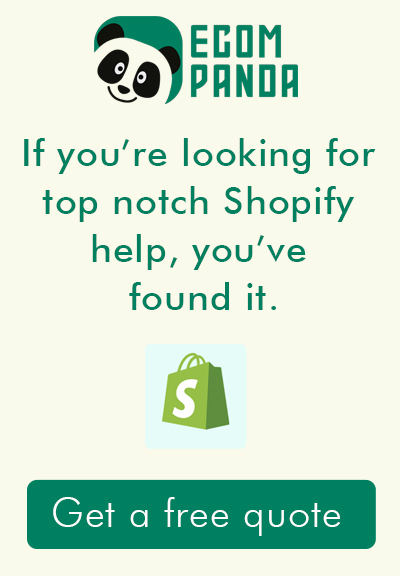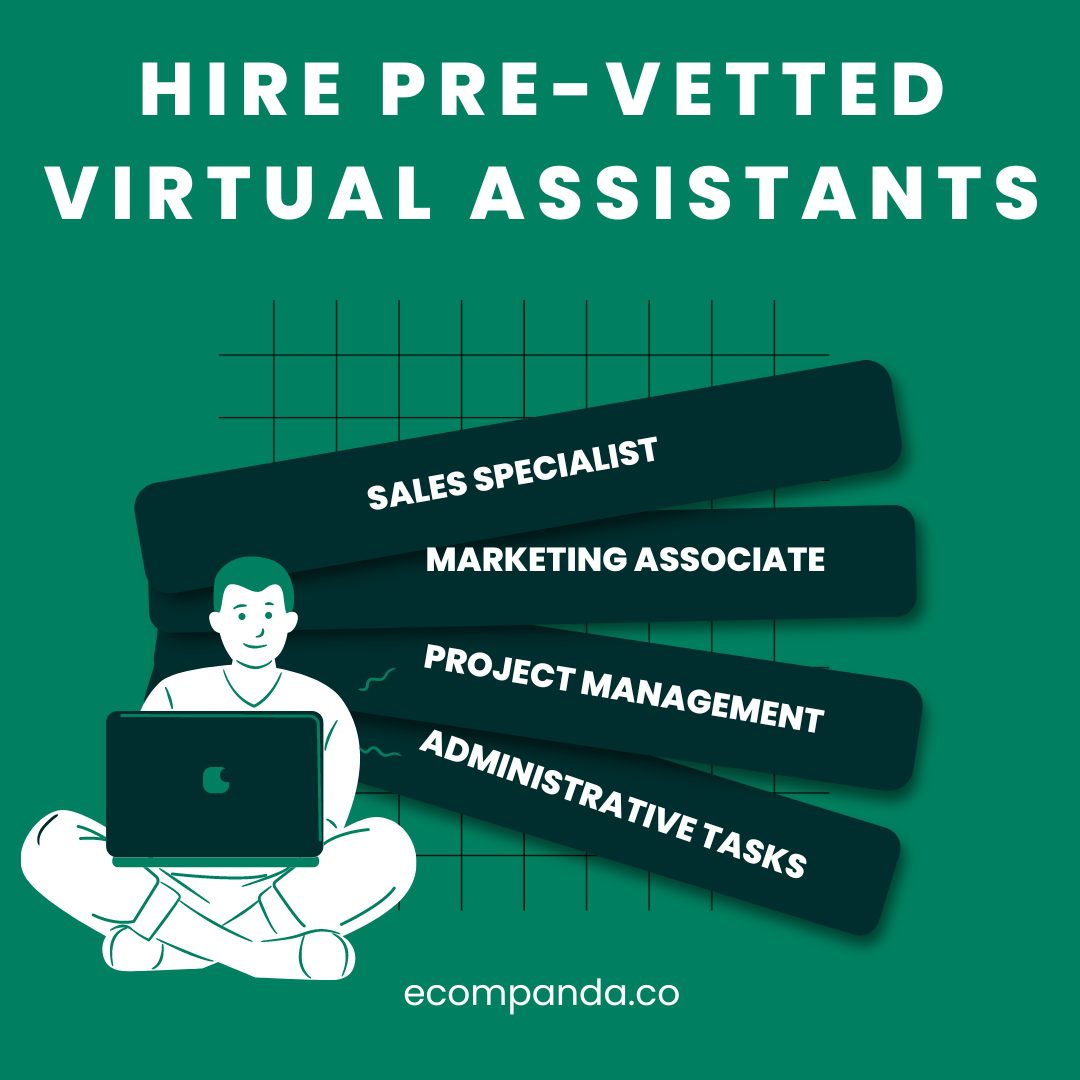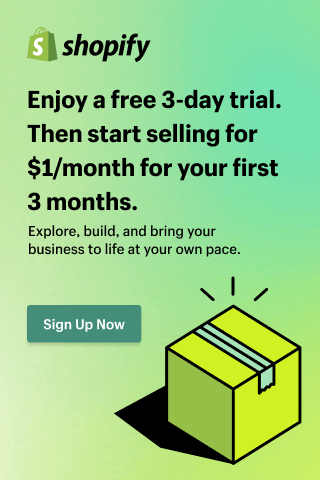In an era characterized by digital innovation and bespoke preferences, print on demand (POD) has emerged as a pivotal business model. At its core, print on demand is a process where products, often with customized or unique designs, are printed only after an order has been placed. In contrast to traditional printing methods that involve bulk production, POD emphasizes specificity and personalization, mirroring our evolving consumer habits.
POD’s relevance in today’s digital economy cannot be overstated. In a time where customization, agility, and sustainability are paramount, this model offers businesses, especially those in the retail sector, an opportunity to navigate supply chain complexities while meeting diverse consumer demands. Furthermore, with the rise of e-commerce and online marketplaces, POD provides a springboard for entrepreneurs to launch businesses with reduced risk, lower upfront costs, and increased flexibility.
By intersecting creativity, technology, and consumer-focused strategies, print on demand is reshaping the way products are designed, produced, and consumed in the 21st-century digital economy.
Table of Contents
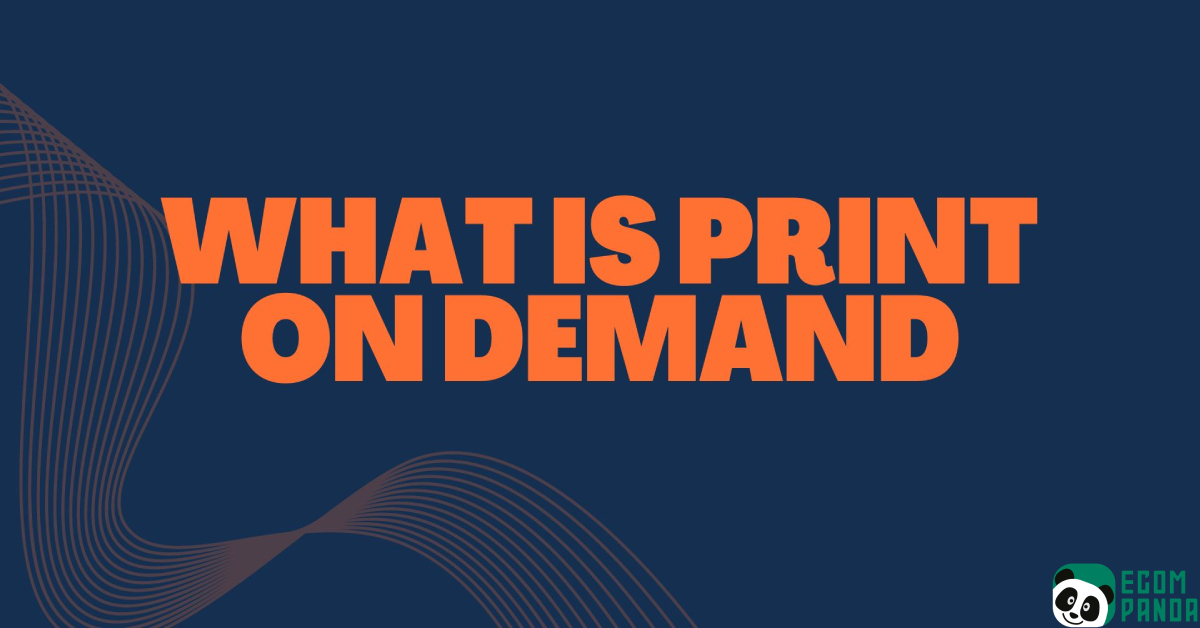
What is Print on Demand
Print on demand is a business model that revolves around printing products only after a customer orders them, ensuring a lean approach to inventory management and reducing waste. This method is markedly different from traditional bulk manufacturing or printing, as it foregoes mass production in favor of one-off prints personalized to customer preferences.
The process of print on demand is relatively straightforward. When a customer places an order, the order details, including design and product specifications, are sent to the print on demand provider. The provider then prints the design onto the chosen product, packages it, and ships the final product directly to the customer on behalf of the seller. This workflow eliminates the need for the seller to hold inventory, manage printing facilities, or handle shipping logistics.
A broad range of products can be produced using the print on demand model. Common items include t-shirts, hoodies, mugs, posters, books, and other merchandise, often with custom designs or personalized messages. The flexibility of the print on demand model allows businesses to cater to various niches, from fashion and home decor to literature and artwork.
There are several major players in the print on demand industry, each offering a distinct array of services, products, and customization options. Notable providers include Printful, Printify, and Zazzle, known for their quality, range of products, and integration capabilities with e-commerce platforms like Shopify and Etsy. Meanwhile, services like Amazon’s Kindle Direct Publishing specialize in print on demand for self-published authors, highlighting the versatility and broad applicability of this business model across diverse sectors.
Advantages of Print on Demand
The print on demand business model carries several advantages that make it an attractive option for entrepreneurs, small businesses, and even established brands seeking to expand their offerings.
- Low Startup Costs: One of the main benefits of print on demand is its low startup costs. Since there’s no need to purchase inventory upfront or invest in printing machinery, businesses can start with minimal capital. The costs are typically limited to creating a website or setting up a storefront on an existing platform, and designing the products.
- Inventory and Logistics Handling: Print on demand providers handle all inventory and logistics concerns. They manage the printing, packing, and shipping processes, freeing businesses from the burdensome tasks of warehouse management and order fulfillment. This significantly reduces overhead costs and administrative tasks, allowing businesses to focus on marketing and designing their products.
- Flexibility and Scalability: Print on demand offers significant flexibility. Companies can offer a wide array of products and designs without worrying about unsold stock. As the business grows, the print on demand model can easily scale to meet increased demand, with no additional strain on resources or management.
- Ability to Test Designs and Products Without Significant Financial Risk: Print on demand allows businesses to experiment with different designs and products with minimal risk. Since products are only made when ordered, new designs can be tested in the market without the fear of unsold inventory. If a design isn’t popular, it can be easily removed or replaced, providing an excellent platform for experimentation and innovation.
Disadvantages of Print on Demand
While print on demand has many advantages, it also comes with several challenges that businesses need to consider.
- Limited Control Over Shipping: With print on demand, the service provider manages the printing, packaging, and shipping processes. This means businesses have limited control over shipping times and packaging quality. Delays or mistakes on the part of the provider can lead to unsatisfied customers and potential harm to the business’s reputation.
- Lower Profit Margins: Compared to traditional retail or bulk production, print on demand typically involves higher per-unit costs. This is due to the one-off nature of the production process. Consequently, profit margins might be lower unless businesses are able to sell their products at higher prices.
- Limited Customization Options: While print on demand offers customization in terms of design, the range of products available for printing might be limited by the capabilities of the provider. For instance, some providers might not offer certain types of apparel, specific materials, or particular sizes.
- Dependence on the Service Provider: Businesses using print on demand are heavily reliant on their service providers. If the provider encounters issues such as technical difficulties, stock shortages, or quality control problems, these could directly impact the business and its relationship with its customers. Thus, choosing a reliable and reputable provider is crucial in the print on demand business.
Getting Started with Print on Demand
Embarking on a print on demand business involves a series of steps, each integral to the success of your venture.
- How to Find a Print on Demand Supplier: The first step is choosing a reliable print on demand supplier. Consider their product range, printing capabilities, integration with e-commerce platforms, shipping options, and overall reputation. Take advantage of trial periods and sample orders to assess their quality and service.
- How to Create and Upload Your Designs: Next, you need to generate compelling designs for your products. You can create these using various graphic design tools or hire a professional designer. Make sure your designs are of high quality and resolution for optimal printing results. Once your designs are ready, follow your supplier’s instructions to upload them to your chosen products.
- How to Set Up an Online Store: Setting up an online store involves choosing a platform (like Shopify, Etsy, or WooCommerce), selecting a domain name, and customizing your store’s look and feel. Make sure your store’s design is user-friendly and resonates with your target audience. Once your store is set up, you can list your products with detailed descriptions and attractive images.
- Best Practices for Marketing and Promoting Your Products: With your store live, it’s time to attract customers. Use social media advertising, search engine optimization (SEO), content marketing, and email marketing to reach your target audience. Engaging product descriptions and high-quality photos can boost your conversions. Offering excellent customer service and gathering positive reviews can help build your brand reputation and foster customer loyalty.
Starting a print on demand business may seem daunting, but by breaking down the process into manageable steps and employing effective marketing strategies, you can set the stage for a successful venture.
Best Print on Demand Services
Choosing a reliable print on demand service is crucial for the success of your business. Here are some of the top print on demand services known for their product quality, variety, and integration capabilities with various e-commerce platforms.
1. Printful:

Printful is a leading print-on-demand service known for its vast product offering and seamless integrations with popular e-commerce platforms. Printful takes care of the printing, packing, and shipping process, providing an end-to-end solution for entrepreneurs and businesses looking to sell custom merchandise. With no minimum order requirements, Printful allows you to test and sell products without maintaining an inventory.
Key Features:
Wide Product Range: Printful offers an extensive product catalog, including apparel, accessories, and home & living items.
Easy Integration: Printful integrates easily with popular e-commerce platforms like Shopify, WooCommerce, and Etsy, simplifying the process of selling your products online.
Custom Branding Options: Printful offers white-label solutions, allowing businesses to send products with custom labels and packing slips for a more personalized touch.
Warehousing & Fulfillment: Beyond print-on-demand, Printful also provides warehousing and fulfillment services, making it a comprehensive solution for e-commerce businesses.
Pricing:
Printful operates on a per-product pricing model. There are no upfront costs, membership fees, or monthly fees. You only pay for a product when your customer makes a purchase. The cost of each product varies based on the product type and the printing requirements. Shipping costs are separate and depend on the destination. To determine potential profits, you can set your retail price above Printful’s product price.
2. Printify

Printify is a renowned print-on-demand platform acting as a middleman between you and an array of world-class printing companies. It offers an extensive catalog of products at competitive prices. With Printify, you can create, sell, and ship custom products under your brand.
Key Features:
Multiple Print Providers: With Printify, you have access to multiple printing partners worldwide, allowing you to choose based on location, price, and product offering.
Wide Product Selection: Printify offers an extensive selection of products, ranging from clothing and accessories to home decor items.
Easy Integration: Printify simplifies the process of selling your products online by offering integration with popular e-commerce platforms like Shopify, WooCommerce, and Etsy.
Mockup Generator: Printify provides a free, user-friendly mockup generator to visualize your products before selling.
Pricing:
Printify operates on a freemium model. It offers a free plan that allows you to create up to 5 stores per account. The premium plan, at $29/month, allows up to 10 stores per account and offers up to 20% off on all products. For larger businesses, Printify provides a custom-priced enterprise plan that includes unlimited stores, dedicated customer support, and custom API integration.
With Printify, you only pay for a product when your customer makes a purchase. The cost of each product varies based on the product type, printing requirements, and the selected print provider. Shipping costs are separate and depend on the destination.
3. Lulu Xpress

Lulu Xpress is a sector-leading print-on-demand platform that specializes in book publishing. It’s known for its streamlined publishing and distribution services, offering authors a simple and cost-effective way to self-publish books. Lulu Xpress stands out for its commitment to quality, eco-friendly printing options, and extensive global distribution network.
Key Features:
Extensive Book Options: Lulu Xpress provides a variety of customizable book options, including different book sizes, binding types, and paper quality.
Global Reach: Lulu’s vast distribution network allows authors to reach readers worldwide.
Eco-Friendly Printing: Lulu Xpress offers environmentally friendly print options, including FSC-certified paper.
Lulu Direct App: The Lulu Direct Shopify app allows seamless integration with your Shopify store to sell books directly.
Pricing: While competitive, Lulu Xpress’s prices can be higher than some other self-publishing platforms, especially for color printing.
Pricing:
Lulu Xpress operates on a cost per book model. The price of each book depends on factors like book size, binding type, page count, and whether it’s black and white or color. There are no upfront costs or hidden fees. Shipping costs depend on the destination and are passed onto the customer. Authors can set their book’s retail price above Lulu Xpress’s print cost to calculate potential profits.
4. Gooten

Gooten is a globally distributed print-on-demand production company that allows businesses to focus on their customers while it handles product creation and fulfillment. Gooten’s network of high-quality print manufacturers enables businesses to offer a wide range of products to their customers without worrying about inventory or logistics.
Key Features:
Product Diversity: Gooten provides a diverse catalog of over a hundred customizable products.
Global Manufacturing Network: Gooten partners with multiple manufacturers worldwide, optimizing production and shipping times.
Smart Supply Chain Management: With Gooten’s advanced order management system, businesses can automate and manage their orders efficiently.
Integration Options: Gooten integrates with popular e-commerce platforms like Shopify and Etsy.
Pricing:
Gooten operates on a per-product pricing model. There are no setup fees, monthly fees, or hidden costs. The cost of each product varies based on the product type and printing requirements. Shipping costs are separate and depend on the destination. You only pay for a product when your customer makes a purchase, and you can set your retail price above Gooten’s product price to determine potential profits.
Tips for Success in Print on Demand
Achieving success in the print on demand industry requires thoughtful strategies and staying attuned to market changes. Here are some key tips to consider:
- Keeping Up with Trends: Trends change rapidly, especially in industries like fashion and home decor. Therefore, keeping your finger on the pulse of current trends can help you offer designs that resonate with consumers and give you a competitive edge. Use social media, trend forecasting websites, and other resources to stay informed about what’s trending in your niche.
- Importance of Unique and Quality Designs: A great design can make your product stand out in a crowded market. Invest time and resources into creating unique, high-quality designs that align with your brand and appeal to your target audience. Ensure that your designs are high resolution to guarantee a quality print.
- Customer Service and Communication: Providing excellent customer service is crucial in any business, including print on demand. Make sure you respond to customer inquiries promptly and handle any issues or complaints professionally. Regular communication, such as updates on new designs or promotional offers, can also help foster a strong relationship with your customers.
- Pricing Strategies: Pricing your products appropriately is a delicate balance. If your prices are too high, you may drive away potential customers; if they’re too low, your profit margins may suffer. Consider factors such as the cost of goods sold, market competition, your target audience’s willingness to pay, and the perceived value of your products when setting prices. It can be beneficial to test different price points and adjust based on customer response and sales performance.
By implementing these strategies, you can build a thriving print on demand business that resonates with consumers and stands out in the marketplace.
The Future of Print on Demand
As we look towards the future, the print on demand industry shows promising potential for growth and innovation. A combination of evolving consumer preferences, technological advancements, and industry trends will shape the landscape of this business model.
- Upcoming Trends in Print on Demand:
- Sustainability: As consumer awareness around environmental impact grows, there is increasing demand for eco-friendly products and practices. We can expect to see more print on demand companies offering sustainable materials and promoting eco-conscious manufacturing processes.
- Localization and Personalization: With the capabilities of print on demand, there is potential for greater personalization and localization of products. From regional languages to locally relevant designs, print on demand can cater to these niche markets effectively.
- Impact of Technology Advancements on Print on Demand:
- AI and Machine Learning: Artificial intelligence (AI) and machine learning could play a crucial role in the future of print on demand. From predicting design trends to optimizing logistics, these technologies could streamline operations and enhance customer experiences.
- 3D Printing: As 3D printing technology evolves and becomes more accessible, it might be incorporated into the print on demand model. This could open doors to a wider variety of customizable products, from jewelry to home decor.
- Predictions and Expert Insights about the Print on Demand Industry:
- E-commerce Growth: As e-commerce continues to grow, the demand for print on demand services is likely to increase. Businesses can utilize print on demand to diversify their product offerings without the risk of unsold inventory.
- Shift in Retail: Experts predict a continuing shift in the retail landscape from mass production to more personalized, on-demand products. Print on demand is at the forefront of this trend, offering businesses a model that meets the increasing consumer desire for customization and uniqueness.
The future of print on demand is bright and full of opportunities. As the industry continues to evolve, it promises to deliver novel ways for businesses to cater to the changing demands of the global consumer.
Conclusion
Print on demand, a business model that thrives on customization and customer-centricity, is reshaping the landscape of the digital economy. This model eschews the traditional method of bulk production, favoring instead a system where products are printed as and when customers place their orders. Not only does this strategy offer low startup costs and ease of scalability, but it also allows for a vast array of products, ranging from apparel to home decor, books, and more.
Despite the clear advantages, print on demand does come with its share of challenges. Lower profit margins, limited customization options, and a heavy dependence on the service provider are all considerations that businesses need to make. However, with the right strategy and approach, the benefits can significantly outweigh the potential downsides.
The key to success lies in a thorough understanding of the market, keeping up with trends, and a relentless focus on quality and customer service. As technology continues to advance, the possibilities for print on demand are expanding, making it an exciting time for anyone interested in this industry.
So, if you’re contemplating starting a print on demand business, consider the insights shared in this article. Take the time to research, plan, and approach your venture with a mindset that embraces innovation, adaptability, and customer focus. With a well-crafted strategy, you might just find that print on demand is the perfect fit for your entrepreneurial dreams. The opportunity is there. It’s now up to you to seize it.
Frequently Asked Questions
What is meant by print-on-demand?
Print-on-demand is a business model in which products are not printed until an order is received. This approach eliminates the need for inventory storage and allows for personalized and custom designs. Common products in the print on demand industry include books, clothing, posters, and various merchandise.
Is print-on-demand profitable?
Yes, print-on-demand can be profitable. However, profitability depends on various factors such as the cost of production, the pricing of the products, and the effectiveness of the marketing strategy. Since print-on-demand businesses typically have lower startup costs and overheads, they can yield healthy profits when managed effectively.
How do I start print-on-demand?
To start a print-on-demand business, first, you need to identify your niche or target market. Then find a reliable print-on-demand supplier and create your unique designs. After that, set up an online storefront where customers can view and order your products. Lastly, you will need to develop a marketing strategy to promote your products to your target audience.
How much money can you make with print-on-demand?
The earning potential in the print-on-demand business varies greatly, and it's dependent on several factors such as the uniqueness of your designs, the pricing of your products, your marketing efforts, and the demand for your products. Some businesses generate a few hundred dollars a month while others can generate several thousand. It's important to note that like any business, success in print-on-demand often requires time, effort, and continuous learning.
What is an advantage of printing on demand?
Print-on-demand offers several advantages. It requires low upfront costs, allowing businesses to start with minimal capital. It also eliminates the need for inventory management, as products are only printed when ordered. This model also provides flexibility and scalability, as businesses can easily expand their product offerings without worrying about unsold inventory. Furthermore, print-on-demand allows businesses to test different designs and products in the market without significant financial risk.



